What is Steam
Steam is basically water in the gas phase.
It is commonly formed by boiling and evaporating water.
Classification of steam as follow:-
Wet steam: - Is visible mist or aerosol of water droplets formed as water vapor condenses. (Flash Steam is also wet steam which is formed because of pressure drop of steam)
Dry Steam: - Saturated or Superheated Steam is invisible because of high temperature water droplets are less.
Difference between Super Heated and Saturated Steam:-
Saturated Steam:- As wet steam is heated further, the water droplets evaporate, and at high enough temperature (Which depends on the pressure) all water droplets evaporate and the system is in vapor-liquid equilibrium. When steam has reached equilibrium point, it is referred to as saturated steam.
Superheated Steam: -When steam is at a temperature higher than its boiling point for the pressure, which only occurs when all liquid water has evaporated or has been removed from the system.
Uses of Steam:-
- Heating Application
- Sterilization
- Tracing Application
- Wood Treatment
- Concrete Treatment
- Cleaning
- Mechanical Effort (Steam Engines & Steam Turbines)
- Energy Storage
- Electricity Generation and cogeneration
Basic Terminology used in steam:-
- Pressure
- Temperature
- Specific Enthalpy
- Specific Volume
Pressure: Continuous physical force exerted on or against an object by something in contact with it.
Temperature:- The degree or intensity of heat present in a substance or object, especially as expressed according to a comparative scale and shown by a thermometer or perceived by touch.
Specific Enthalpy:- Specific enthalpy is property of thermodynamic system, defined as the sum of the system’s internal energy and the product of its pressure and volume. SI Unit Kilo Joule/Kg.
- Components of specific enthalpy:-
Hf (heat energy in fluid): also referred as Sensible Heat.
Hg (heat energy in gas) also referred as Enthalpy of Saturated steam or total heat of saturated steam.
Hfg (heat energy in Vapor (fluid and gas both) also referred as Latent Heat or Enthalpy of Evaporation
Specific Volume:-It is the volume occupied in m3 by 1 Kg of steam. Useful while sizing the steam pipeline. SI Unit is m3/Kg.
|
hg = hf + hfg hg = Total enthalpy of saturated steam (Total heat) (kJ/kg) |
Sensible Heat (Hf):- It is defined as quantity of heat absorbed by 1 Kg of liquid when it is heated from 0°C (freezing point) to boiling point. Also referred as enthalpy of liquid.
Latent Heat (Hfg): It is the amount of heat required to change of one mole of liquid at its boiling point to vapor under standard atmospheric pressure. The energy which is absorbed is this process of phase change from liquid to vapor is called Latent Heat. Also referred as Enthalpy of Evaporation.
Total Heat (Hg):- This is the total energy in saturated steam, and is simply the sum of the enthalpy of water and the enthalpy of evaporation. Also referred as total heat of saturated steam.
Hg= Hf + Hfg
Properties of saturated steam at atmpshperic pressure
| Pressure bar g |
Saturation Temperature (°C) | Enthalpy (energy) in kJ/kg | Volume of dry saturated steam m3/kg | ||
|
Water |
Evaporation hfg |
Steam hg |
|||
| 0 | 100 | 419 | 2257 | 2676 | 1.673 |
Why Steam is best option for heating media?
Steam is considered best heading because of below points.
- Steam is generated from water which is easily available.
- Steam requires not pumping operation to transfer from generation point to the point of usage. Steam travels because of difference in pressure (i.e, from higher pressure to lower pressure).
- Steam is distributed at higher pressure as specific volume decreases with increase in pressure. Thus saving the cost of pipeline sizing.
Steam offer constant heating to media at constant pressure & temperature. As during the phase change the pressure and temperature remains constant

 Aerated Concrete Block Industry
Aerated Concrete Block Industry  Brewery Industry
Brewery Industry 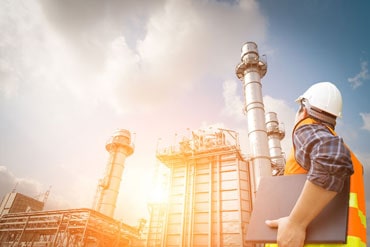 Captive Cogen Industry
Captive Cogen Industry 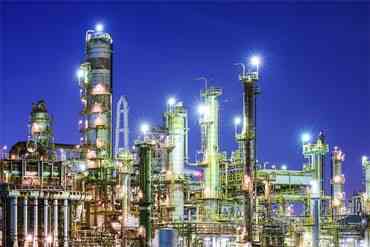 Chemical Industry
Chemical Industry  Dairy Industry
Dairy Industry 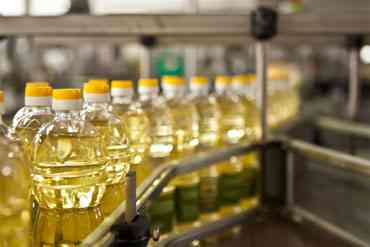 Edible Oil Industry
Edible Oil Industry 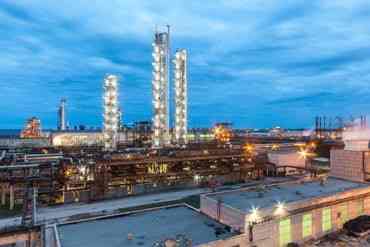 Fertilizer Industry
Fertilizer Industry  Hotel Industry
Hotel Industry 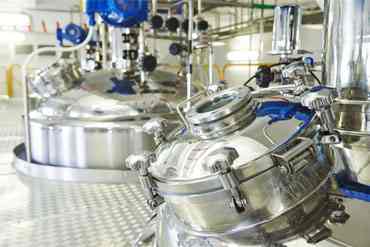 Pharma Industry
Pharma Industry  Rice Industry
Rice Industry 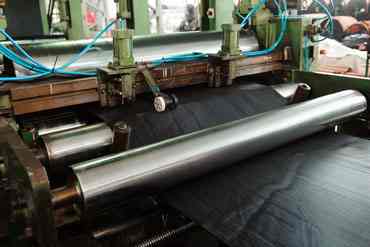 Rubber Industry
Rubber Industry  Soap Industry
Soap Industry 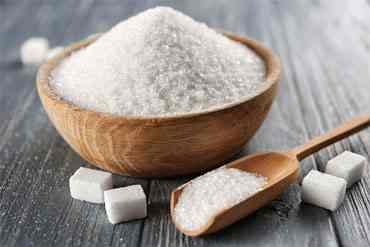 Sugar Industry
Sugar Industry  Textile Industry
Textile Industry  Tyre Industry
Tyre Industry